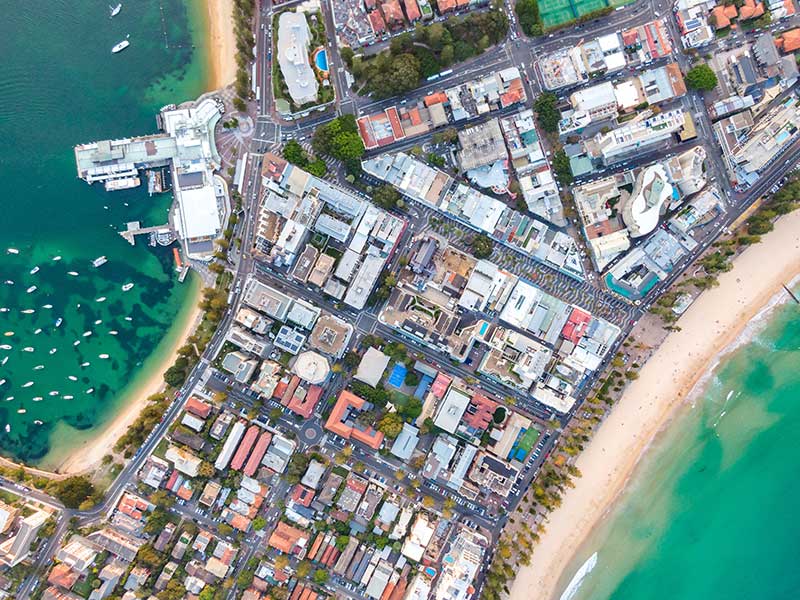New South Wales will need a more skilled workforce, a “rethink” of service delivery and a host of microeconomic reforms to keep its economy humming, according to a forecast of the coming decades prepared by NSW Treasury.
The latest NSW Intergenerational Report – the first since 2016 – warns Australia’s biggest state economy will be increasingly reliant on the productivity of its workforce, which will be older and have lower levels of participation than before.
Upskilling workers for more productive jobs and delivering services in more sustainable ways will be key to the state economy’s continued growth, according to the report.

But the report also downgrades NSW’s expected productivity rate from the 2016 forecast to 1.2 per cent a year, on average, over the next 40 years. Productivity has grown at around 1.5 per cent per year for the last 25 years in NSW.
The drop is a problem when NSW is expected to be increasingly reliant on improved productivity for growth rather than population, according to the report.
“Over the long run, productivity is the key driver of wages growth,” it said.
“Over the next 40 years, productivity is projected to become the biggest contributor to our economic growth.”
Even slight improvements to productivity will have large, exponential effects. According to the forecast, a 0.1 percentage point improvement in the productivity rate translates to a $53 billion increase to the economy over the next 40 years, or around $11,000 more annual income per household.
Process automation, decision generation, fixed robotics and navigation robotics are identified in the report as some of the technologies that can boost productivity. But NSW will also require a corresponding upskilling of the workforce to deliver more value-add, non-routine, cognitive and social tasks.
The state’s governments will also need to “rethink and redesign” services and infrastructure for them to be sustainable and effective.
The pandemic presents a rare opportunity to do so, according to the report.
“Innovations should move towards leveraging advances in technology; supporting more connected service systems; embedding resilience in service delivery and infrastructure; and more effectively prioritising investments based on evidence and outcomes,” it said.
“These will support more flexible, adaptable and accessible services; transitioning away from traditional methods of service delivery through physical infrastructure including hospitals, prisons, and courts.”
NSW governments will also need to consider reforms to keep their borrowing in check, according to the report.
It estimates increased participation of women in the workforce, property tax reform, a quick and orderly transition to renewable energy and healthier ageing could also each add billions to the NSW economy over the next forty years.
“The way things will look for the people of NSW in 40 years will be vastly different to the world today,” NSW Treasurer Dominic Perrottet said in response to the Intergenerational Report.
“We are very lucky to live in one of the greatest places on the planet, but if we are to ensure the next generation enjoys the same levels of prosperity and opportunity that we have today it is vital we identify future challenges and work to overcome them.”
Do you know more? Contact James Riley via Email.


Interestingly, the NSW IGR assumes NSW population growth 0.8%, a bit closer to OECD norms. Perhaps they didn’t get Scotty’s mad Budget memo from Canberra.
Reimposing mass migration, he’s got national population growth rocketing back to 1.2-1.3%, as early as 2023-24. As per custom, most migrants will impact Sydney or Melbourne.
“Big Australia” is truly a zombie policy. Nothing can kill it, not even COVID.